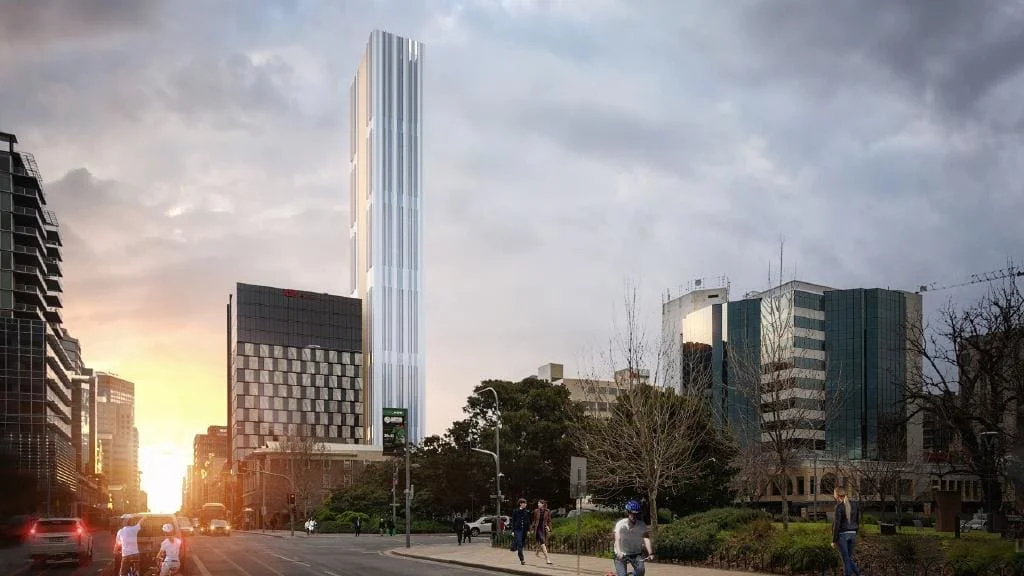Introduction
The Australian property development market has been experiencing a challenging period due to a combination of factors, including high interest rates, negative media coverage on builder collapses, and rising build and trade costs. However, as a small-scale property developer, it is important to recognise that even in challenging times, there are opportunities to be found. By understanding and navigating these challenges, you can position your business to emerge stronger and more competitive in the long run. In this blog post, we'll discuss how to deal with the current environment and the competitive advantages that can be gained, particularly in light of massive immigration and its impact on the sale of completed properties.
High Interest Rate Environment
The current high-interest rate environment has the potential to deter some investors and buyers from entering the property market. However, there are several strategies that small-scale developers can employ to navigate this situation:
Focus on cost control and efficiency: Streamlining your processes and reducing costs can help to offset higher interest payments. This may involve renegotiating contracts, optimising construction schedules, and adopting new technologies to improve productivity.
Target long-term growth areas: Despite the challenges of high interest rates, there are still areas with strong long-term growth potential. By focusing on these regions, developers can position themselves to capitalise on future demand and price appreciation.
Negative Media on Builder Collapses
The Australian media has been reporting extensively on builder collapses, which can contribute to a lack of confidence in the industry. To address this, developers should:
Emphasise transparency and communication: Providing regular updates and clear information on your projects will help to build trust with clients and investors.
Partner with reputable builders: By aligning yourself with experienced and well-regarded builders, you can mitigate the risk of construction issues and project delays.
Rising Build and Trade Costs
Rising construction and trade costs can put a strain on developers' budgets, but there are ways to manage these increases:
Incorporate sustainable and energy-efficient practices: By adopting green building techniques, developers can reduce ongoing costs and appeal to environmentally conscious buyers.
Use innovative construction methods: Exploring alternative construction techniques, such as modular or prefabricated building systems, can potentially help to reduce costs and expedite the construction process.
Competitive Advantage in Tough Times
Despite the challenging environment, small-scale developers can gain a competitive edge by demonstrating resilience and adaptability. As massive immigration continues to drive demand for housing, developers who successfully navigate these challenges will be well-positioned to benefit when it comes to selling completed properties. This can be achieved by:
Focusing on niche markets: Catering to the specific needs of the growing immigrant population, such as multigenerational housing or culturally sensitive design, can create a unique selling proposition.
Offering flexible financing options: By providing tailored financing solutions, developers can attract a broader range of buyers and help mitigate the impact of high interest rates.
Conclusion
While the current Australian property development landscape presents challenges, it also provides opportunities for small-scale developers to build resilience and gain a competitive advantage. By understanding and addressing the factors driving the market, developers can position themselves for success in the long term, benefiting from the ongoing demand created by massive immigration. As the market stabilises and buyers' confidence returns, those who have navigated the tough times will be well-placed to reap the rewards.






